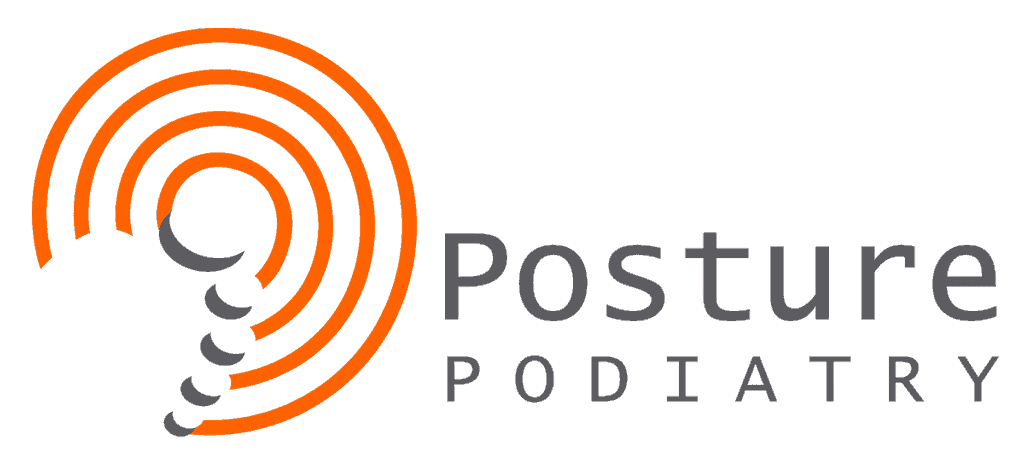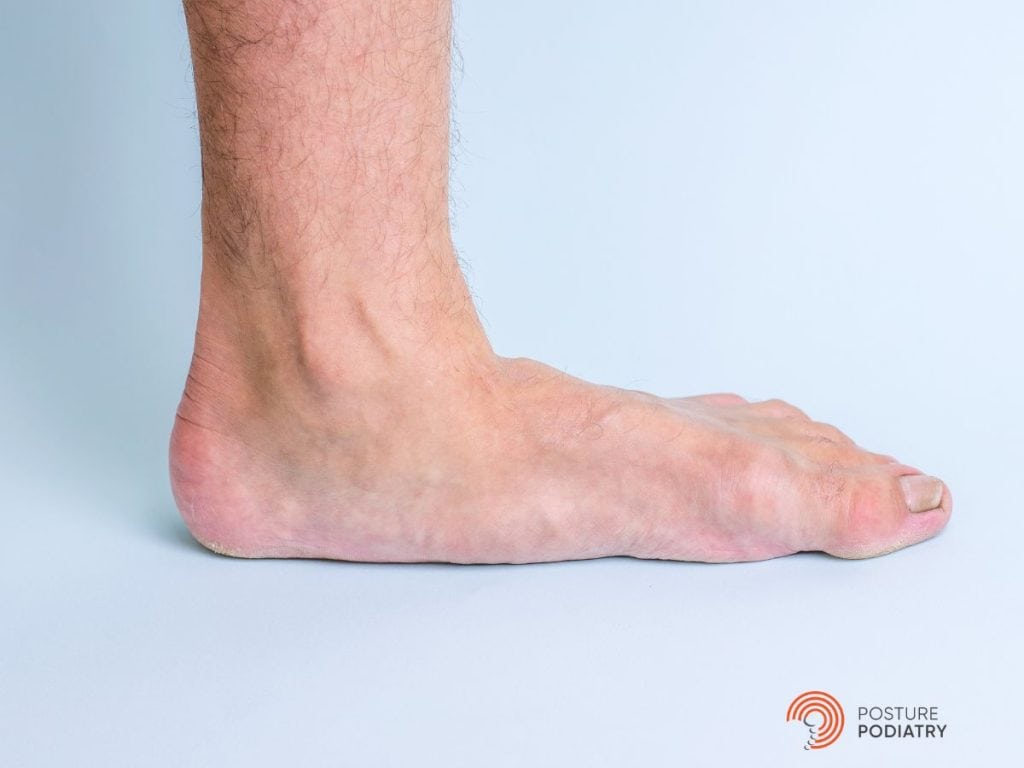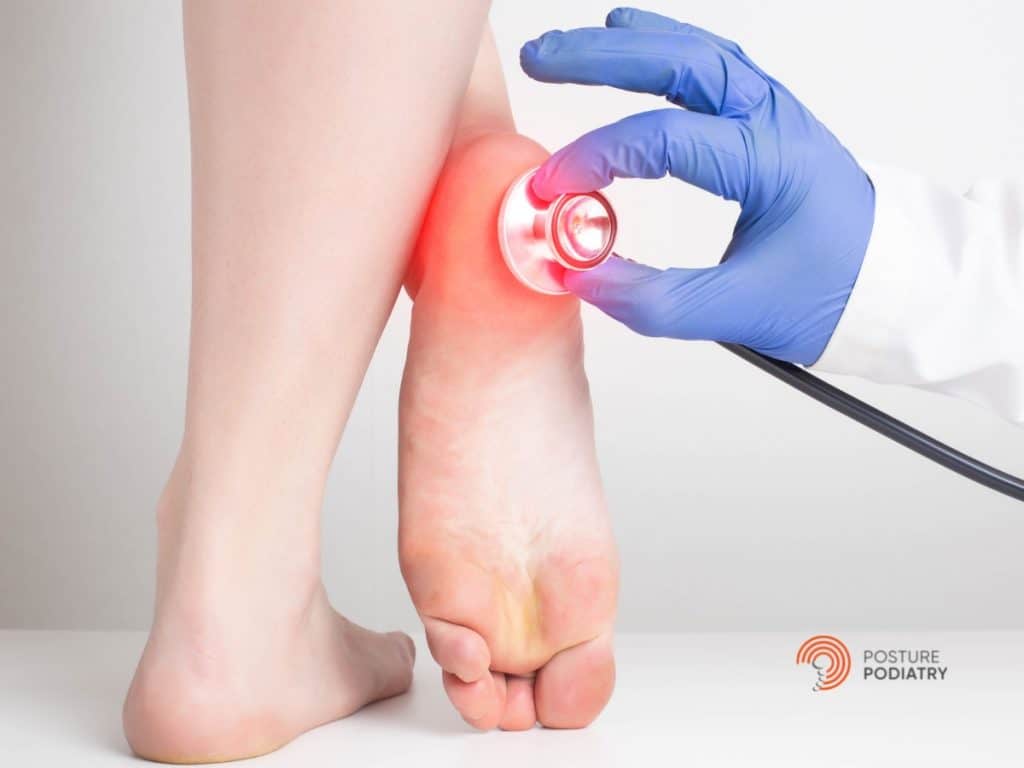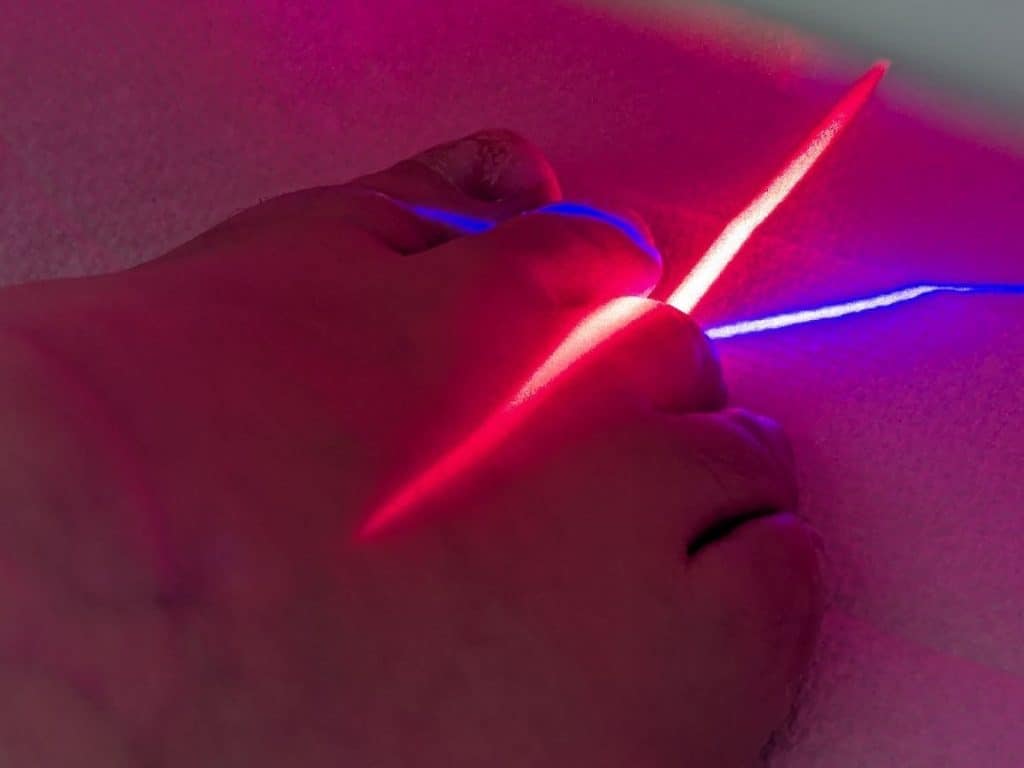Adelaide Podiatrists Talk About Heel Pain
Is Your Heel Pain Really Plantar Fasciitis?
If your heel pain has failed to heal itself and has been present for quite a long time, the heel bone will sometimes try to protect itself at the thick attachment beneath the heel by calcifying and giving the plantar fascia something better to “grip” on to. This calcification is called a “heel spur”, and by itself is usually not a problem.
However, if there is inflammation of the surrounding soft tissues associated with the heel spur or, if the heel spur is fractured, it can become very painful with walking and arising from periods of rest.
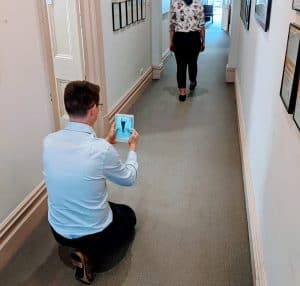
Believe it or not, a vast number of heel pain cases that are diagnosed as plantar fasciitis are not actually plantar fasciitis at all!
This is because of the muscle and nerve interactions with the heel that can also produce similar symptoms, but require different treatment. One such example is tarsal tunnel syndrome which involves entrapment or irritation of the posterior tibial and/or medial calcaneal nerve. In this situation, the symtoms may be very similar to plantar fasciitis when the real cause of the problem is quite different.
A vast number of cases of heel pain that are diagnosed as plantar fasciitis are not actually plantar fasciitis at all! Share on XSo, if your painful heel has not responded to traditional therapy, there may be something else that has been missed. The Adelaide Podiatrists at Posture Podiatry are trained to find these obscure problems and have many tools at their disposal to ensure your diagnosis is accurate and treatment is effective.
Call us today on 8362 5900 to speak with a podiatrist if you have any questions about your heel problem. Alternatively, click here to book an appointment online. Ask about our “Initial Low Gap or Gap Free* Assessment”
On the other hand…
If you wake up in the morning and your heels are painful, or if you get painful heels with arising from rest, you may well have a condition known as plantar fasciitis. Prolonged periods of standing, walking and running can also exacerbate plantar fasciitis. Given there are many possible causes of heel pain, the diagnosis is very important to ensure treatment is specific and effective.
The right diagnosis is important…
In older clients, similar symptoms may be experienced and referred to as plantar fasciosis which better describes degenerative changes rather than the all too common acute plantar fascial injury.
Plantar Fasciitis is the term that refers to inflammation (“-itis”) of the connective tissue (“Fascia”) under the base of the foot (“Plantar”). It usually occurs at the point where the plantar fascia originates at the heel bone.
The plantar fascia itself is one of the strongest structures in your body. Studies have shown up to 30 times your body weight can be loaded through the plantar fascia with heavy impact. Naturally the ‘weakest point’, therefore, is the attachment point at the heel bone.
What About Heel Pain in Children?
Children can suffer with heel pain as well but the more common cause of heel pain in children is Sever’s disease. This is quite different to the adult version of heel pain in that it’s caused by inflammation of the heel growth plate secondary to overuse. Fortunately, children’s heel pain is very easy to treat and responds well to the right conservative management.
Heel pain treatment in adults and children will vary depending on the underlying cause. Other causes of pain in the heel can include:
- Arthritis in its various forms
- Bursitis below the foot or behind the heel bone
- Tarsal tunnel syndrome
- Baxter’s nerve entrapment
- Joint subluxation
- Cuboid syndrome or subluxation
- Stress fracture
- Bone cyst or tumour
- Osteomyelitis
- Spinal stenosis and sometimes even a prolapsed intervertebral disc can cause pain in the heel.
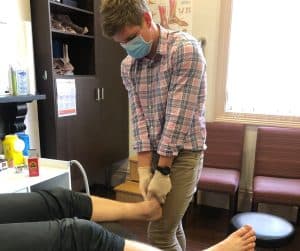
So It’s crucial to diagnose the exact cause of your heel pain to ensure treatment is appropriate and effective.
Contact Us if you’re ready to take back control and permanently resolve your heel pain. Click here to book an appointment online. Ask about our “Initial Low Gap or Gap Free* Assessment”
What to expect in your consult?
On arrival, you’ll be greeted with a smile and invited to enjoy a complimentary foot massage or a nice cup of coffee, tea or hot chocolate.
You’ll meet your podiatrist, who will listen to your history, work with you to perform a thorough assessment and begin treatment to get to the bottom of your concerns.
Your time is valuable, so you can complete your client forms either in person or online before your appointment to make things run smoothly. If you have any questions at all, please feel free to ask. We’re here to help!
We’ll stay in touch by sending personal emails or SMS (not bulk spam), and also ask for feedback after your appointments so we can continue to improve our service to you.
